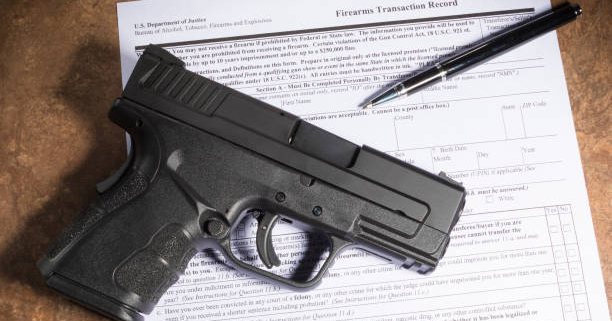Understanding the Recent Gun Law Changes: A Comprehensive Overview
Gun law reforms have become a significant topic of discussion and debate in recent times. As societies evolve, so too do their legislative frameworks. This article aims to provide a comprehensive overview of the recent gun law changes, shedding light on the key modifications and their implications. Whether you’re a concerned citizen or a firearms enthusiast, staying informed about these developments is crucial. So, let’s dive into the world of gun law reforms and explore the changes that have been implemented.
- Background on Gun Laws:
Before delving into the recent changes, it’s essential to understand the existing gun laws. Different countries and regions have distinct regulations concerning firearms. In the United States, for instance, the Second Amendment of the Constitution grants citizens the right to bear arms, while many other countries have stricter gun control measures in place.
- Recent Gun Law Reforms:
a. Expanded Background Checks: One notable change in many jurisdictions has been the expansion of background checks. These checks aim to ensure that individuals seeking to purchase firearms have not been involved in criminal activities or pose a risk to public safety. The broader scope of background checks aims to enhance the effectiveness of vetting processes and prevent firearms from falling into the wrong hands.
b. Red Flag Laws: Another important development has been the implementation of red flag laws, also known as Extreme Risk Protection Orders (ERPOs). These laws empower family members or law enforcement officials to petition for the temporary removal of firearms from individuals who may pose a threat to themselves or others. Red flag laws seek to address concerns related to mental health and prevent potential acts of violence.
c. Assault Weapons Ban: Several jurisdictions have introduced or strengthened restrictions on assault weapons, including semi-automatic rifles with high-capacity magazines. These measures aim to limit the availability of firearms that can cause substantial harm in mass shootings or criminal activities. Proponents argue that such bans promote public safety and reduce the severity of gun violence incidents.
d. Safe Storage Requirements: To prevent accidental firearm-related incidents, many areas have implemented stricter safe storage requirements. These laws obligate gun owners to securely store their firearms, often through the use of gun safes, trigger locks, or other similar mechanisms. The objective is to minimize access to firearms by unauthorized individuals, particularly children or those prone to self-harm.
- Implications and Controversies:
While gun law reforms are intended to enhance public safety, they often spark debates and controversies. Critics argue that stricter regulations infringe upon individuals’ Second Amendment rights, claiming that responsible gun owners should not be penalized for the actions of criminals. On the other hand, proponents emphasize the importance of prioritizing public safety and preventing gun violence through well-crafted laws.
- Compliance and Enforcement:
The success of gun law reforms depends on effective compliance and enforcement mechanisms. Law enforcement agencies play a critical role in ensuring that individuals and businesses adhere to the new regulations. Additionally, public awareness campaigns and educational initiatives can help foster a culture of responsible gun ownership and ensure a smooth transition to the updated legal framework.

